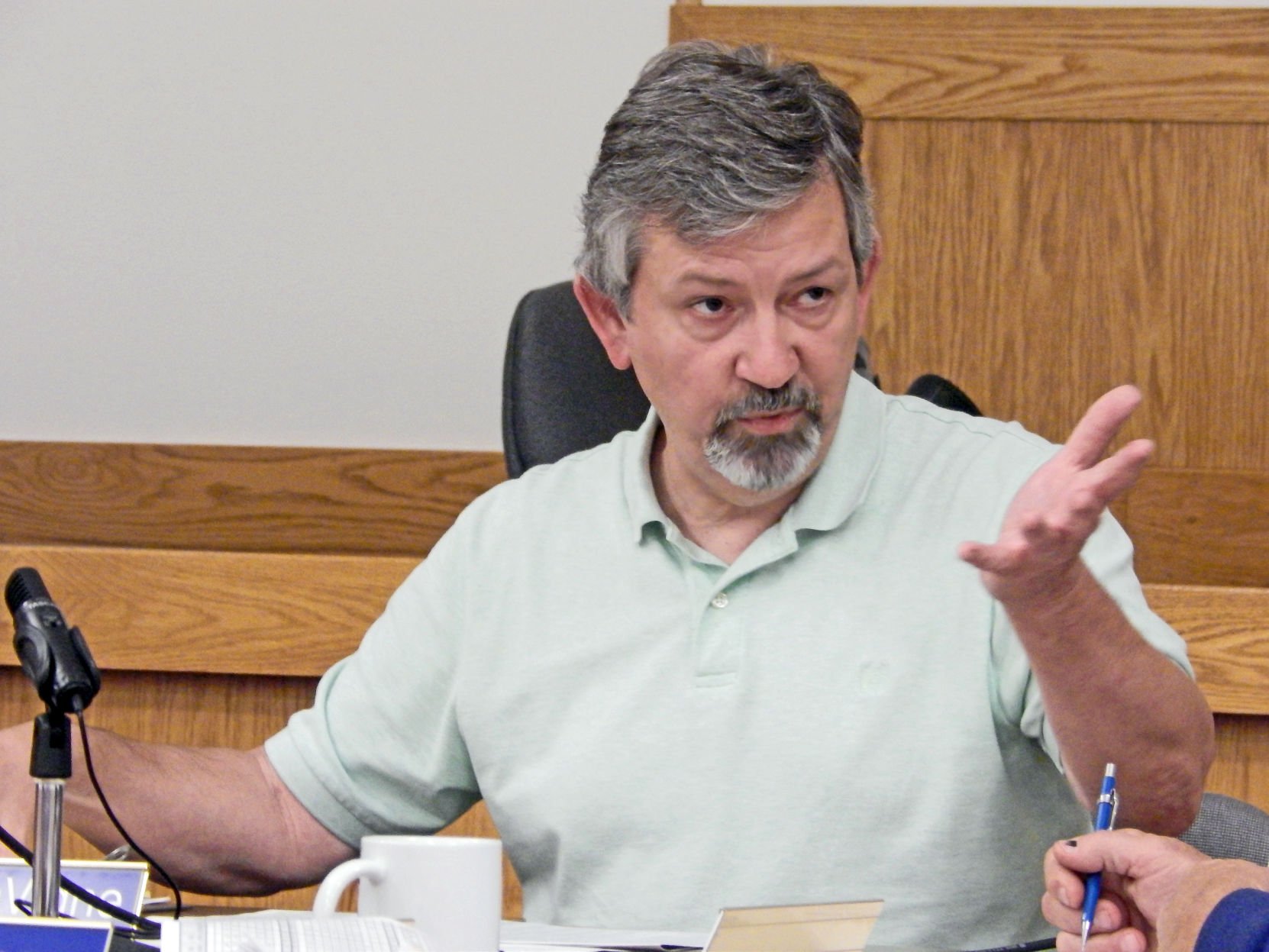
It now measures 5 centimeters by 2 centimeters. Since the first design, the students have been allowed to enlarge their experiment to observe additional textures of copper. The experiments also had to be self-contained and to not rely on power from a Mars lander. Experiments had to be compact enough to fit within a cylinder that was 1 centimeter in diameter and 1 centimeter in height and that had a total mass of no more than 3 grams. The Lansing students had to meet an extraordinary challenge in entering the competition. "It's what this university should do more of - leverage its resources to benefit the community." "This is a good example of mentoring young women in science and engineering," he says. It was exciting for me and for them."īatt, who also is co-director of NBTC, is enthusiastic about being scientific mentor to the Lansing students.

"I thought, how great to actually send something to Mars that the girls designed and built. "I was involved in the Mars rover project with Cornell scientists, which is why this contest interested me," said Waldron. When Waldron moved to NBTC, she continued to act as coach and coordinator of the young women's project. Waldron, then a science enrichment teacher at Lansing, suggested that the two consider entering the Planetary Society contest. The two students began working on their project in 1999 when they were seventh graders at Lansing Middle School and already interested in scientific discovery. But the mission was canceled, and now possible plans include the experiments being carried on Britain's Beagle 2 on the European Space Agency's Mars Express mission, France's Netlander, or NASA's Mars landers or Scout missions. "Does it turn green, does it disintegrate, does the dust eat away at it or will it just pile up, will any reactions occur?" But, she said, because the experiment will remain on the Martian surface, "the hardest thing is that all we'll have is pictures to tell us." The Lansing students' experiment, and one submitted by Lucas Moller of Moscow Junior High School in Idaho, originally were to be sent aboard the Mars Surveyor 2001 lander mission. "We're looking to see how it will react," says Sherman. The tiny apparatus is an unassuming half-cylinder of highly oxidizing copper piping whose surface is divided into five segments, each bearing a different texture. The Lansing students' experiment is designed to test how copper - more commonly used in plumbing, electrical wiring and industrial applications - will weather in the dust-laden Martian environment. "Science is something I've always liked," says an excited Trowbridge, who plans to study chemistry at the university level. The two Lansing students, who competed in a worldwide contest called Student Nanoexperiments for Outreach and Observational Planetary Inquiry, sponsored by the Planetary Society, were advised by Cornell educators Carl Batt, professor of food science, and Anna Waldron, director of education at NBTC.įor the two students, the Houston conference was a rare opportunity to meet scientists interested in space travel and planetary research and to see their poster presentation hung beside those of eminent Ph.D.s. The three students presented their plans to investigate conditions on the red planet at the Lunar and Planetary Institute's annual conference in Houston on March 14. Jessica Sherman and Kelly Trowbridge, both sophomores at Lansing, are two of just three students selected in a global competition to have their experiments carried on a future mission to Mars. With the help of Cornell University's Nanobiotechnology Center (NBTC), two students at Lansing High School in Lansing, N.Y., will see the results of three years of research and planning go far - all the way to Mars. In April 2019, the annual event was recognized by the New York State Broadcasters Association with a “Serving New York” award, honoring the station’s commitment to the Ithaca community.ITHACA, N.Y. The 2019 Marathon benefitted The Suicide Prevention & Crisis Service of Tompkins County. The 2020 Marathon was postponed due to health concerns related to the COVID-19 pandemic. DJs Chris Masciarelli, Chloe Levy, Teagen Parker & Teddy Byrne battled the urge to sleep, accepted donations and played great tunes. ICG is driven by a mission to inspire the next generation of environmental stewards and has created both a physical environment and a programming menu that facilitates and fosters environmental exploration, learning, and appreciation.

It raised $3,865 to benefit Ithaca Children’s Garden located in Ithaca’s Cass Park. VIC held its 34th annual 50 Hour Marathon in April 2021. Each spring, VIC Radio hosts the 50 Hour Marathon, a weekend-long fundraising effort that benefits a local non-profit organization.


 0 kommentar(er)
0 kommentar(er)
